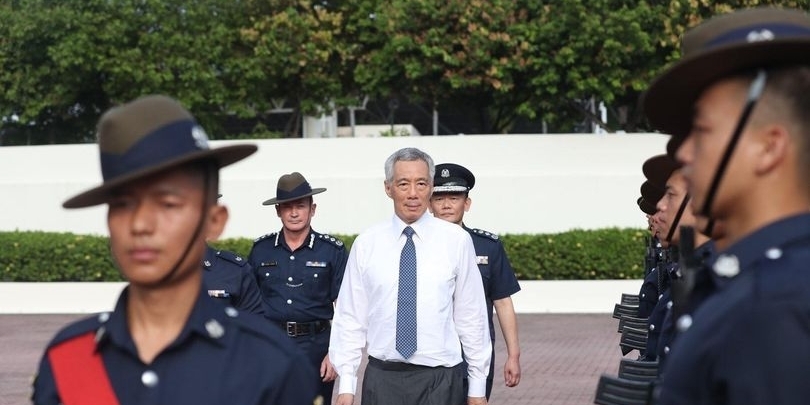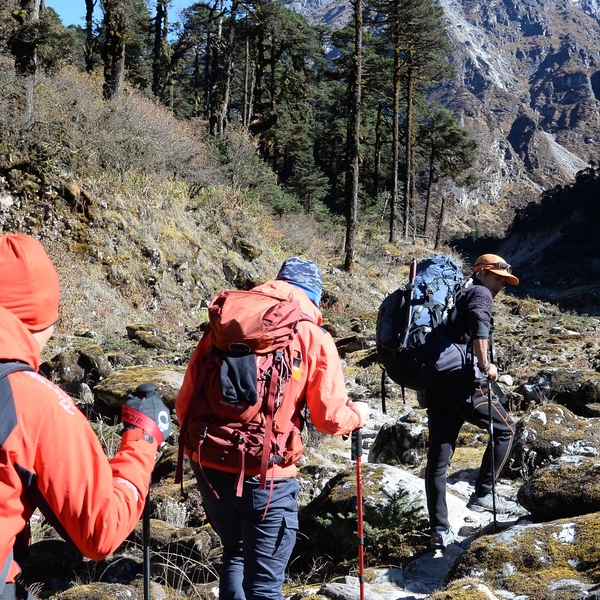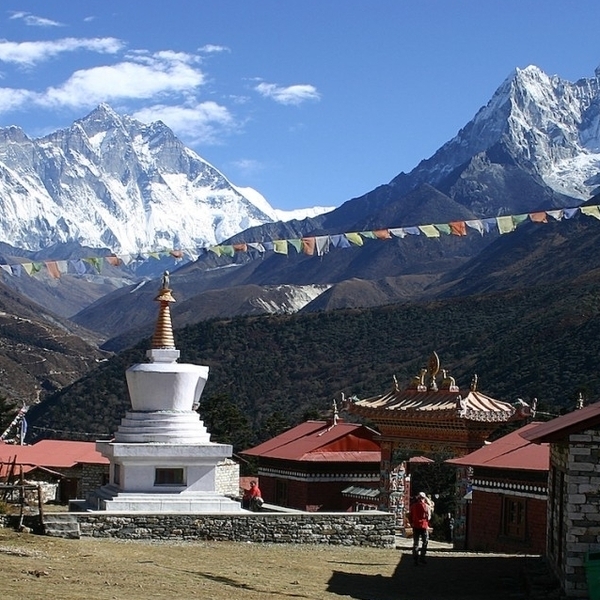Nepal's 10 best treks will lift you onto the roof of the world
From the high Himalayas to the lush green foothills, from arid plateaus to shimmering glaciers, Nepal offers an incomparable array of hiking trails. I...

Background
The Gurkhas,known for their legendary bravery, discipline, and loyalty, trace their roots to Nepal. Their name originates from Gorkha, a district in Nepal and the birthplace of King Prithvi Narayan Shah—the 18th-century monarch who unified the country. The term “Gurkha,” an Anglicised form of “Gorkha,” has since become synonymous with courage and military excellence.Gurkhas traditionally hail from Nepal’s hill tribes, such as the Magar, Gurung, Rai, Limbu, and Sunwar communities. Most are of Mongolian descent, though some are Aryan. A symbol of their warrior heritage is the kukri—a distinctive, curved knife about 18 inches long, still carried with pride by Gurkha soldiers today.Their battle cry, “Ayo Gorkhali!”—translated as “The Gurkhas are upon you!”—has long instilled fear and respect in their adversaries. While the majority are Hindu, some Gurkhas also follow Buddhism or practice animist traditions.
Enlistment of the Gurkhas
The Britishfirst encountered the Gurkhas during the Anglo-Nepal War (1814–1816). Although the Gurkhas were outnumbered, their fierce resistance impressed the British. One notable episode involved Lieutenant Frederick Young, who, after being captured by Gurkha fighters, developed deep admiration for their patriotism and nobility. Upon his release, Young helped recruit the first Gurkhas into British service.By April 1815, four Gurkha battalions had been established, initiating a long and respected association with the British military. As the British expanded across Southeast Asia in the 19th century, Gurkha soldiers followed, forming a diaspora that included postings in places like Singapore.
Service in Singapore
The Gurkhapresence in Singapore formally began on 9 April 1949, with the creation of the Gurkha Contingent under the Singapore Police Force (SPF). This elite unit replaced a previously disbanded Sikh police unit, with many of the new recruits being veterans of the British Army. The contingent’s first commanding officer was Major Scott Leathart.Known for their impartiality and professionalism, the Gurkhas were quickly recognised as a stabilising force. They played key roles during several pivotal events in Singapore’s history, including the Maria Hertogh riots (1950), the Hock Lee Bus riots (1955), and civil unrest during the 1950s.Today, the Gurkha Contingent remains an integral part of Singapore’s security apparatus, particularly in high-stakes situations. They are deployed during major national and international events—such as the Trump-Kim Summit in 2018 and New Year’s Eve celebrations—acting as a visible and reliable deterrent to potential threats.
Life in Singapore
Gurkha recruits typically begin their service at around 18 years of age and serve for 15 to 20 years before returning to Nepal. While in Singapore, they live with their families in a secure and self-contained community known as the Mount Vernon Cantonment, located off Upper Aljunied Road. Built in the 1950s, the cantonment includes its own school, Hindu temple, mini-mart, and other essential facilities. It remains closed to the public, providing a peaceful and culturally cohesive environment for Gurkha families.The Gurkhas continue to embody the values of courage, discipline, and devotion to duty. Their legacy in Singapore is not only one of military strength but also of unwavering integrity and quiet service. As protectors of peace in a modern, multicultural society, the Gurkhas remain a symbol of honour and dedication for generations to come.
The Gurkha Army in Singapore Today
While the Gurkhas are no longer part of the British Army in Singapore, they continue to serve the country as a specialized unit within the Singapore Police Force, known as the Gurkha Contingent (GC).
Role and Responsibilities

From the high Himalayas to the lush green foothills, from arid plateaus to shimmering glaciers, Nepal offers an incomparable array of hiking trails. I...

